Overview of logistics infrastructure
Logistic task is to ensure timely, synchronous and smooth supply of goods and services in markets. In that process, logistics infrastructure always plays a very important role. Logistics infrastructure is the integration of transport, trade, IT and other service sectors along with warehouse systems, logistics industrial parks, logistics centers (for logistics enterprises) in the economy... it is the basic condition for effective operation of the logistics system.
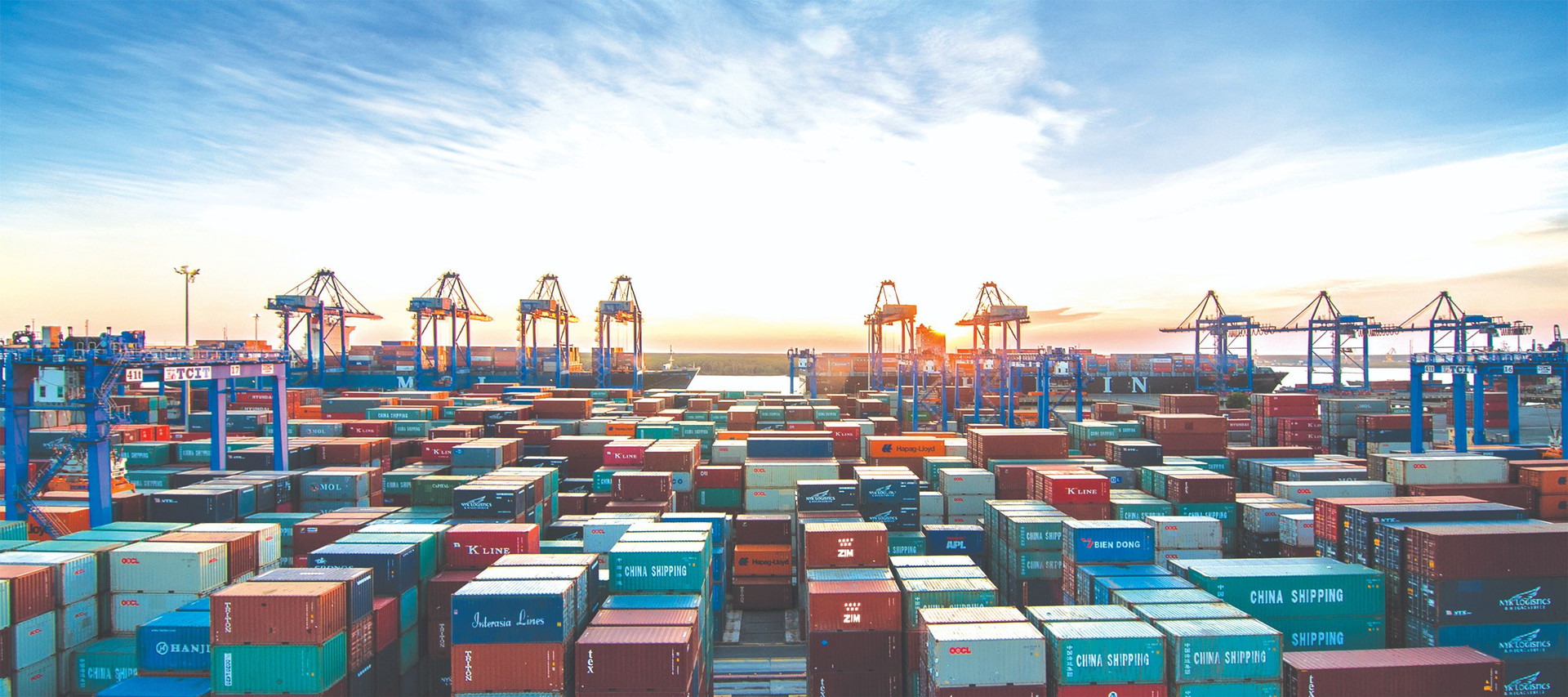
Logistics infrastructure is understood as the totality of physical, technical and architectural elements that play a fundamental role for logistics activities in general and logistics services in particular to take place in a rhythmic and efficient manner. Logistics infrastructure includes “hardware” infrastructure and “software” infrastructure. Hardware infrastructure includes a system of physical and technical works, architectural works and means of organizing infrastructure that are fundamental for the development of the sector such as systems of roads connecting bridges, roads, seaports, railway stations, airports, logistics industrial zones, logistics centers, wharves... Software infrastructure includes the entire technology used, the logistics software system and the operating mechanism of the infrastructure system, the mechanisms, policies, people used for manangement and use, and the information system used to manage the process of distribution and circulation of goods and services on the market.
Obviously, with modern logistics infrastructure that allows to meet needs effectively, logistics activities in the supply chain from transporting raw materials and finished products, preserving to handling goods as well as ensuring communication among the links to form a chain of “continued production” in distribution and circulation of goods and services, increasing the value of products and goods.
However, one of the basic limitations for the current national logistics system is the weakness of logistics infrastructure, especially connecting infrastructure and the lack of logistics real estate (logistics industrial zones, logistics clusters. and logistics centers...) at the national, local and regional levels. It can be said that Vietnam’s logistics infrastructure has not yet fully met demands for continued production activities in distribution and circulation of goods to add value to the goods and products of enterprises, in the market, sometimes, in some places, it even breaks the whole supply chain of goods, while volume and value of goods involved in the supply process are on the increase. For example, Vietnam’s deep-water seaports lack linkage to logistics industrial zones, and logistics center by railway system to attract vessels of large capacity and attract transshipment goods from other countries to Vietnam’s seaports. The problems of congestions: trucks lining up at ports in BR-VT, HCMC, Danang City, and Hai Phong City...
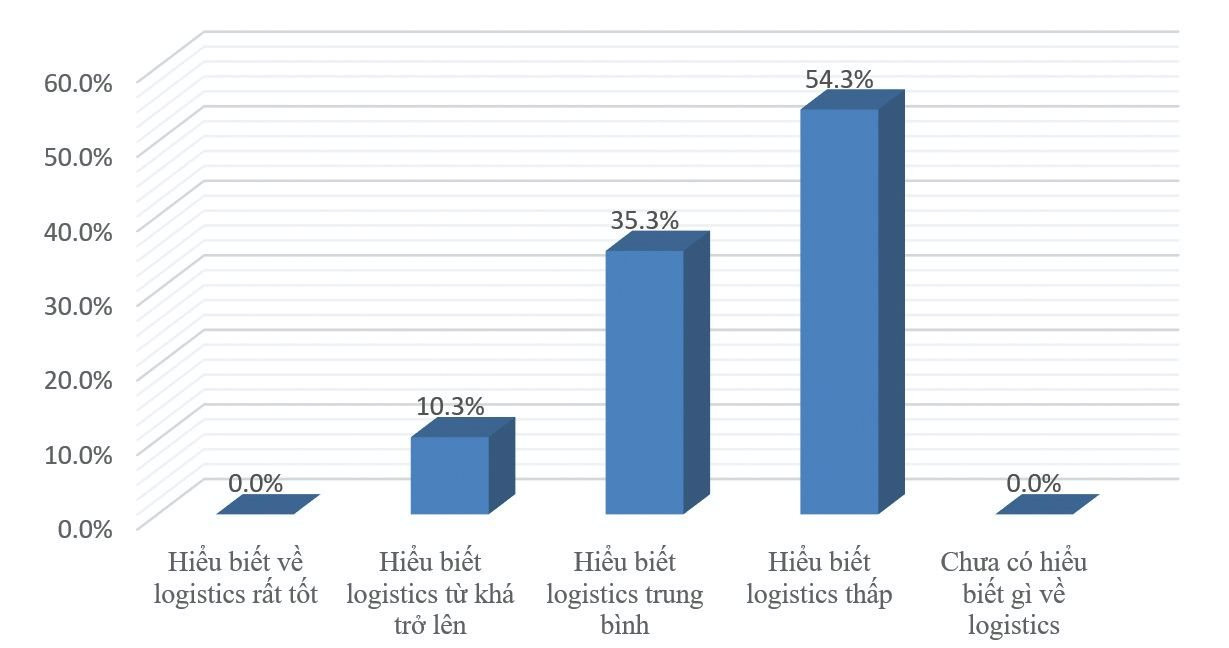
Local enteprises’ knowledge of logistics Source: Dang Dinh Dao, April 2022
The basic cause of the above situation is due to inadequate understanding and awareness of logistics in general and logistics infrastructure – real estate, logistics real estate market in particular. Through survey results at enterprises providing and using logistics services in some localities, it was found that there are 54.3% of enterprises with low knowledge of logistics; 35.3% of enterprises with average knowledge, only 10.3% of enterprises with good knowledge about logistics (Figure 1). Although logistics services have been legislated since 2005 with 8 Articles of the Vietnam Commercial Law and logistics services have become an important and spearhead service industry of many localities and cities, logistics infrastructure, especially In particular, logistics industrial parks, logistics clusters, logistics centers and systems of warehouses, yards - logistics real estate have not been paid attention, invested and developed, have not been legislated, many legal policies in Vietnam these important issues have not yet been addressed.
While we all acknowledge the fact that “Production process only ends when products and goods reach final consumers at home and abroad”. Yet we do not invest, build logistics infrastructure methodically, build and operate the logistics real estate market effectively, even the conditions of logistics service business in Decree no.163/2017/ND – CP, dated December 30, 2017 is not really encouraging to attract foreign logistics enterprises and logistics groups to Vietnam for business investment.
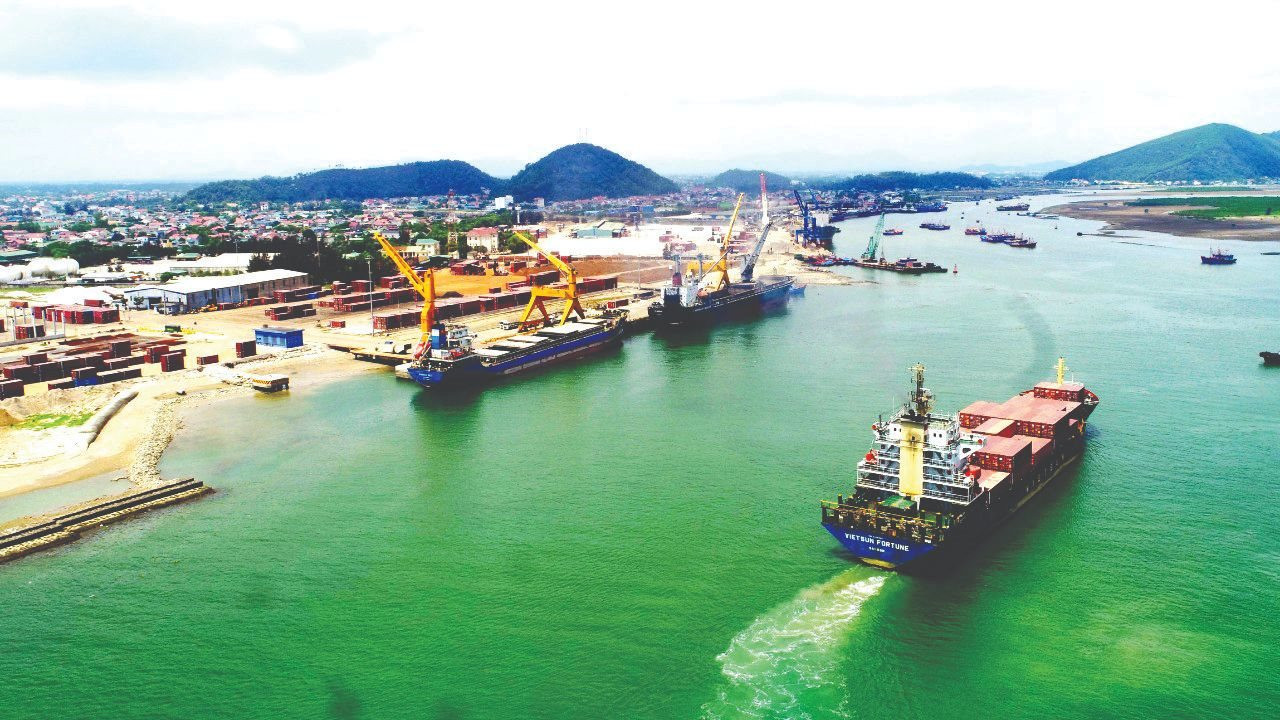
Vietnam has not had any industrial park for logistics enterprises nationwide. Only enteprises built delivery centers (logistics centers) in industrial parks (for industrial enteprises) in localities and cities for business and production. Obviously, there have been inadequacies in planning industrial parks and logistics centers (logistics industrial parks) in Vietnam. It seems that we have paid attention to developing industrial parks without taking account for logistics industrial parks for logistics and trade enterprises... (Dang Dinh Dao -2019). According to the Ministry of Industry Trade (2020), until the end of 2019, there were 69 logistics centers in 10 provinces and cities, mostly in industrial parks in the South with sizes of under 10ha, meanwhile, there were 369 industrial parks with 114,000ha for industrial enterprises (the Ministry of Planning& Investment 2020).
(To be continued with Part 2: Necessity for Logistics Property).


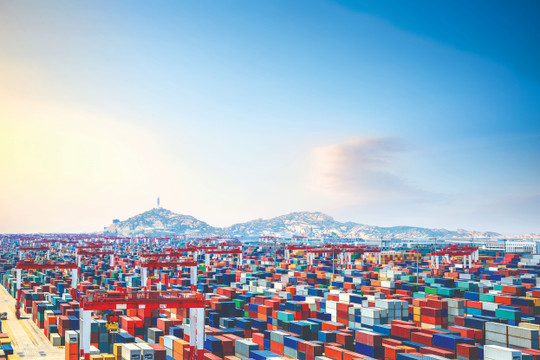
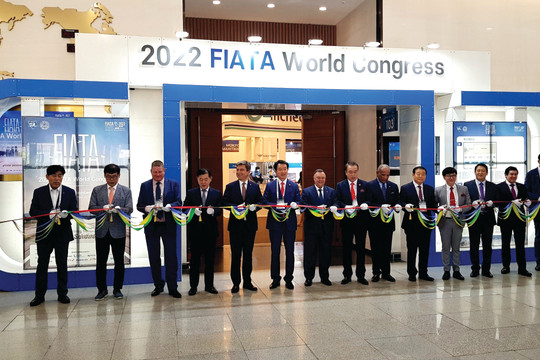
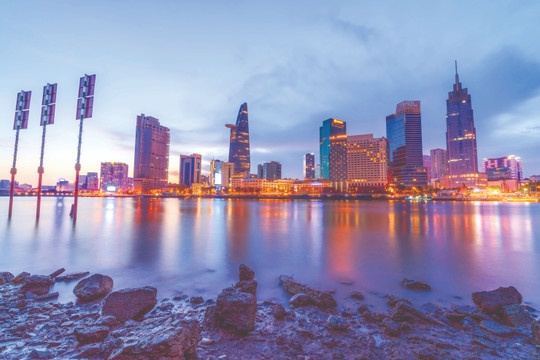
.png)
.png)
.png)


.png)
.png)






.png)

